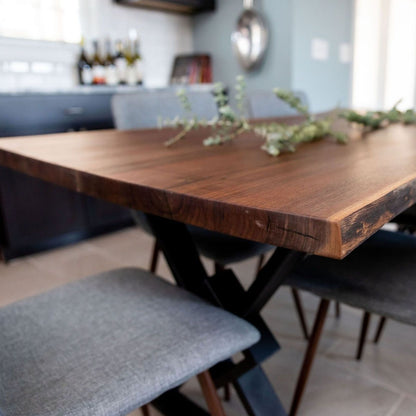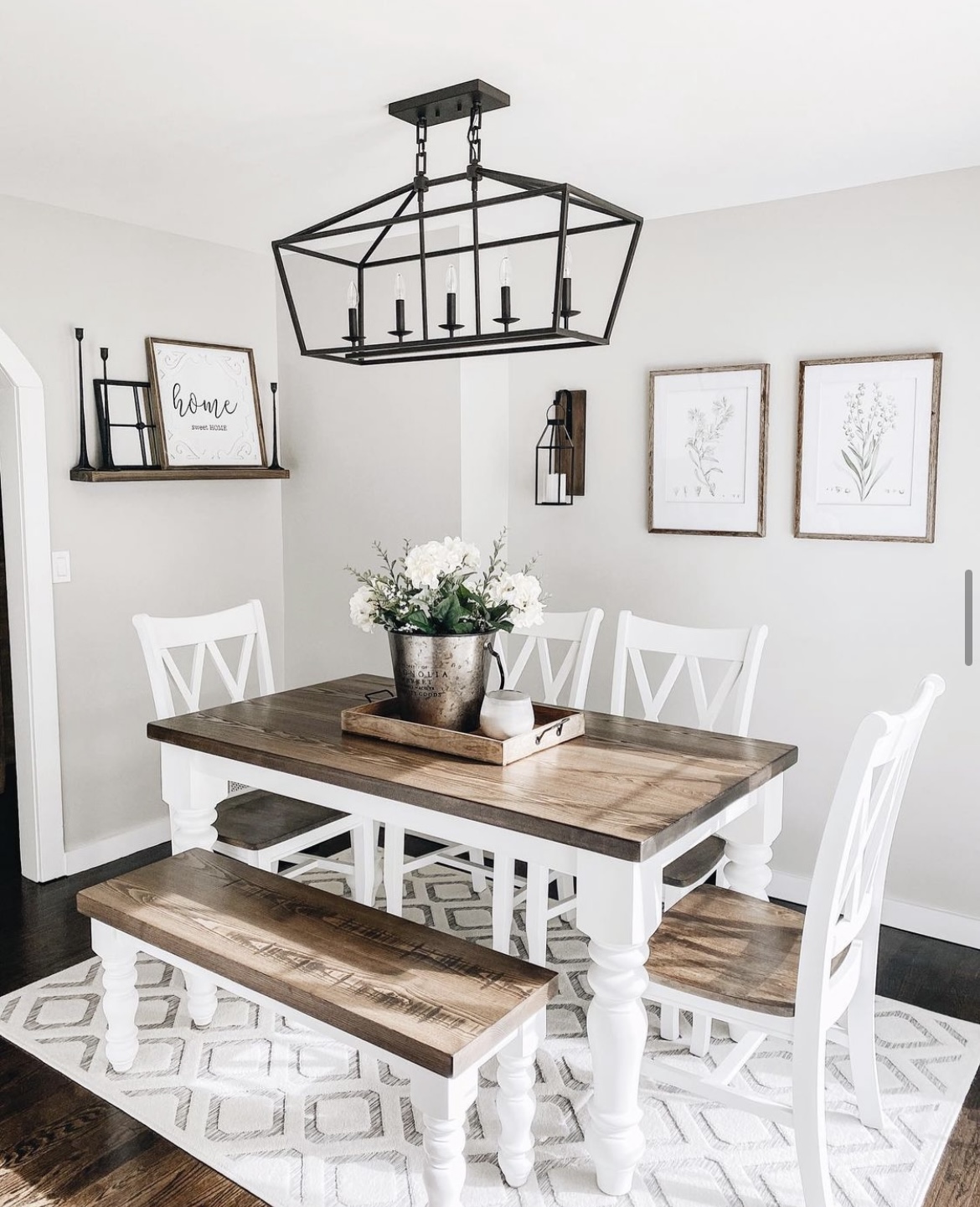Transform Your Dining Space with Stylish Dining Room Table Legs
Transform Your Dining Space with Stylish Dining Room Table Legs
Blog Article
Exactly How to Choose the Perfect Dining Space Table Legs for Your Home Décor
Selecting the optimal dining room table legs is a nuanced process that calls for cautious consideration of numerous components, including your room restrictions, visual choices, and sensible requirements. The interplay between measurements, materials, and styles can dramatically affect the ambiance of your dining area, making it necessary to approach this choice systematically.
Assess Your Dining Room
Analyzing your dining space is critical for selecting the right table legs that enhance both looks and performance. Begin by measuring the dimensions of your dining location, including ceiling height, floor area, and proximity to various other furnishings. This info will assist identify the ideal size and elevation of your table, which directly influences the option of table legs.
Following, consider the style and layout of your dining room. An open-concept design may benefit from table legs that use visual agility, such as slender steel or acrylic alternatives. Alternatively, a much more traditional setting might ask for sturdy wood legs that give a feeling of durability.
Evaluate the existing shade scheme and materials in your eating area. Integrating the table legs with these elements develops a natural look that boosts the total decoration.
Eventually, a complete assessment of your dining room will certainly lead you in making a notified choice, guaranteeing that your table legs not only boost the aesthetic charm but additionally serve useful functions.
Consider Your Style Preferences
When picking dining-room table legs, it is important to mirror on your individual design preferences, as they considerably affect the total visual of your eating space. Your option of table legs can either enhance or contrast with existing decoration, making it critical to align them with your recommended interior decoration theme.
If your home leans in the direction of a contemporary visual, think about streamlined metal or minimal wooden legs that give a clean, clean look. For a much more standard approach, elaborate wooden legs with complex carvings can add a touch of elegance and elegance. Industrial styles benefit from robust, resources such as recovered timber and steel combinations, mirroring a sturdy appeal.
Additionally, farmhouse and rustic designs typically favor sturdy, beefy legs that evoke a sense of warmth and convenience. On the other hand, if your décor is eclectic, you could pick unconventional forms or a mix of materials to develop aesthetic rate of interest.

Evaluate Material Options
The option of product for eating space table legs plays a crucial role in both longevity and visual charm. Usual materials consist of timber, steel, and composite choices, each offering distinctive characteristics that can affect the general look and longevity of your table.
Timber is a traditional option, recognized for its heat and versatility. Woods like oak and walnut provide outstanding toughness and can be completed in various discolorations to match any kind of style. However, softwoods like ache are a lot more vulnerable to scratches and dents, making them less perfect for high-traffic areas.
Metal legs, usually crafted from steel or aluminum, show modernity and commercial appeal. They are highly durable and resistant to use, making them appropriate for households with kids or frequent celebrations (dining room table legs). In addition, metal can be completed in various shades, enhancing the modification possibilities
Composite materials, such as MDF or laminate, offer price and varied designs. While normally less sturdy than strong timber or metal, they can still supply an elegant look and are often easy to keep.
Eventually, the product you pick need to straighten with your lifestyle, visual choices, and the degree of usage your table will experience.
Determine Height and Dimension
Picking the proper elevation and dimension for your eating area table is important for both functionality and comfort. The conventional elevation for her response eating tables generally ranges from 28 to 30 inches, allowing adequate legroom for a lot of people when seated. However, visit this website it is essential to take into consideration the dimensions of your dining area and the kinds of chairs you plan to make use of.

Additionally, think about the percentages of your eating room. A bigger table in a sizable location can produce a grand ambiance, while a smaller sized table works well in even more intimate setups. Ultimately, the ideal height and dimension will harmonize with your general style and boost the dining experience for you and your visitors.
Explore Modification Opportunities

Additionally, the design of the legs can be personalized to fit various styles, such as rustic, modern-day, or commercial. As an example, tapered legs can stimulate a mid-century modern feel, while chunky, block-style legs might resonate with traditional or farmhouse style.
Home owners can likewise explore shade finishes, from all-natural wood discolorations to paint, allowing them to match or contrast with the table top and surrounding decoration.
In addition, leg height can be adapted to accommodate details seating arrangements or individual preferences, improving both convenience and capability.
Finally, unique decorations, such as makings or ornamental braces, can better personalize the table legs, making the dining experience not just see this site a dish however a declaration item in the home. By thinking about these personalization alternatives, property owners can produce a dining-room table that really mirrors their originality.
Verdict
Selecting the optimal dining-room table legs calls for cautious factor to consider of various aspects, including the measurements of the eating area, style preferences, material toughness, and preferred height. Personalization options even more improve the capacity to accomplish a cohesive visual that matches the total decoration. By systematically assessing these aspects, home owners can ensure that the selected table legs not just fulfill useful demands but likewise add favorably to the eating experience and ambiance of the home.
Selecting the ideal eating room table legs is a nuanced procedure that calls for cautious consideration of various components, including your space restraints, visual preferences, and practical needs.Examining your eating area is crucial for choosing the right table legs that match both looks and capability.When identifying dimension, measure the area where the table will be put to guarantee it fits conveniently, allowing for at the very least 36 inches of clearance around the table for simple movement. A bigger table in a spacious location can produce a grand setting, while a smaller table functions well in even more intimate settings.Selecting the ideal dining space table legs requires careful consideration of various variables, consisting of the dimensions of the eating area, style preferences, product toughness, and desired elevation.
Report this page